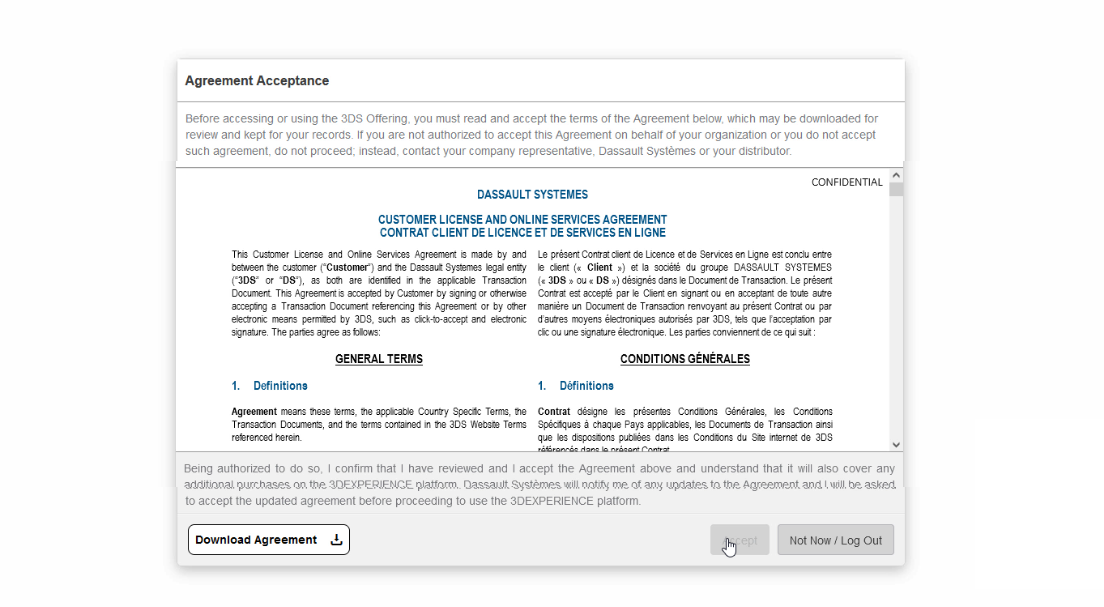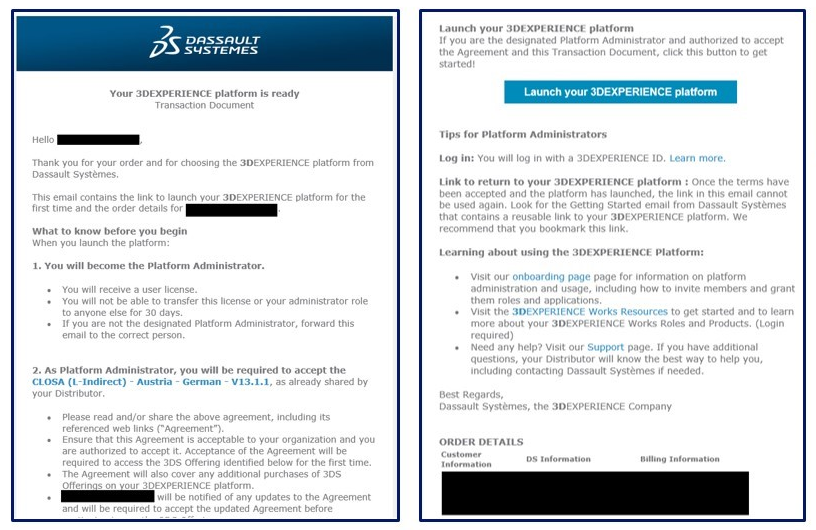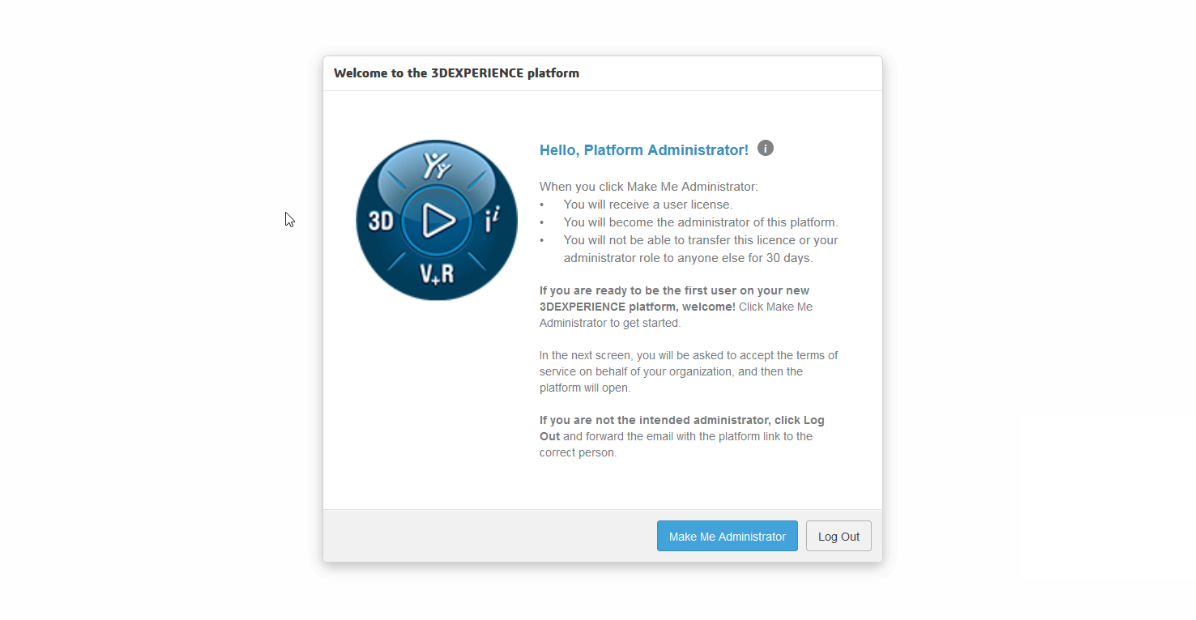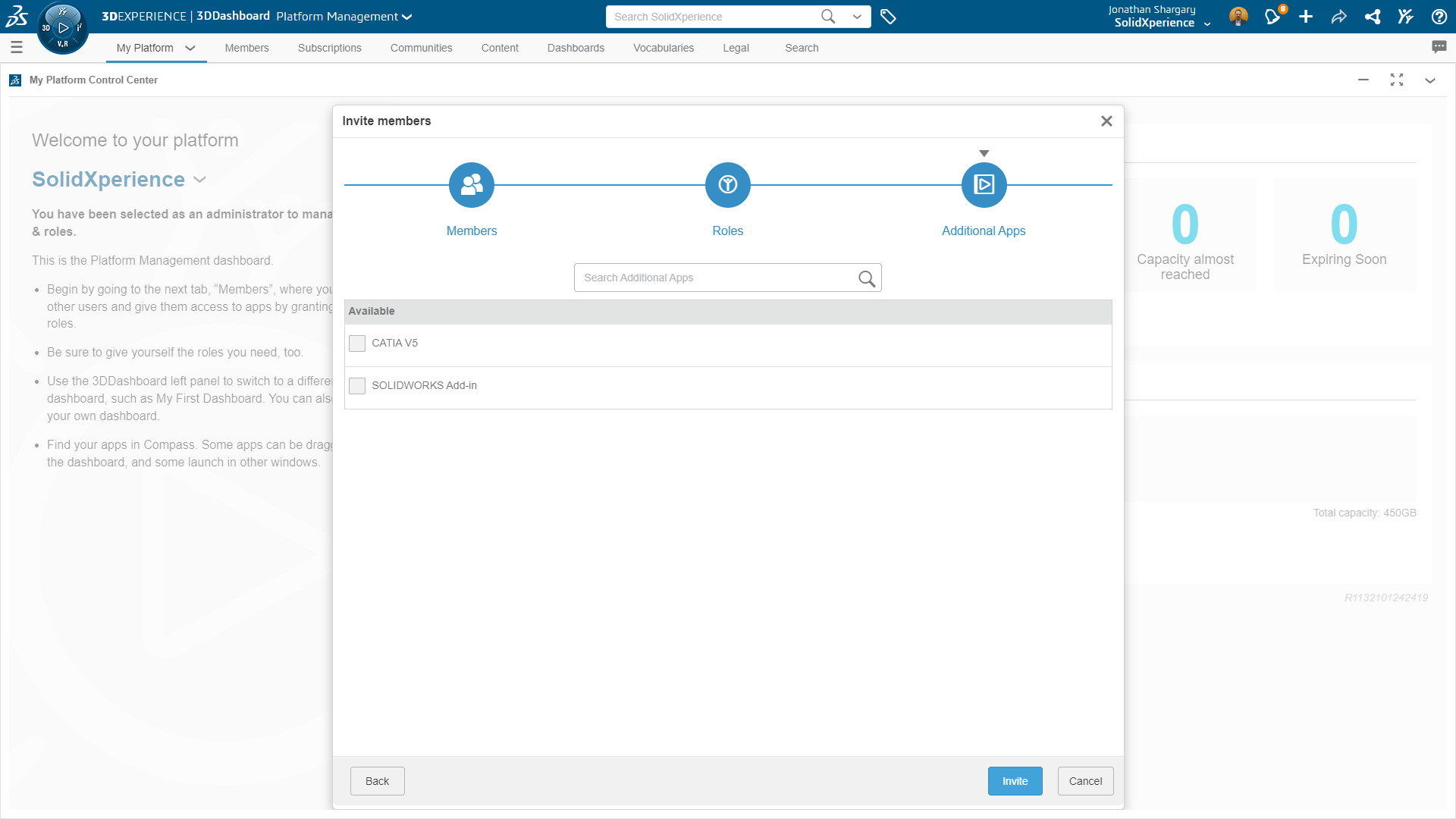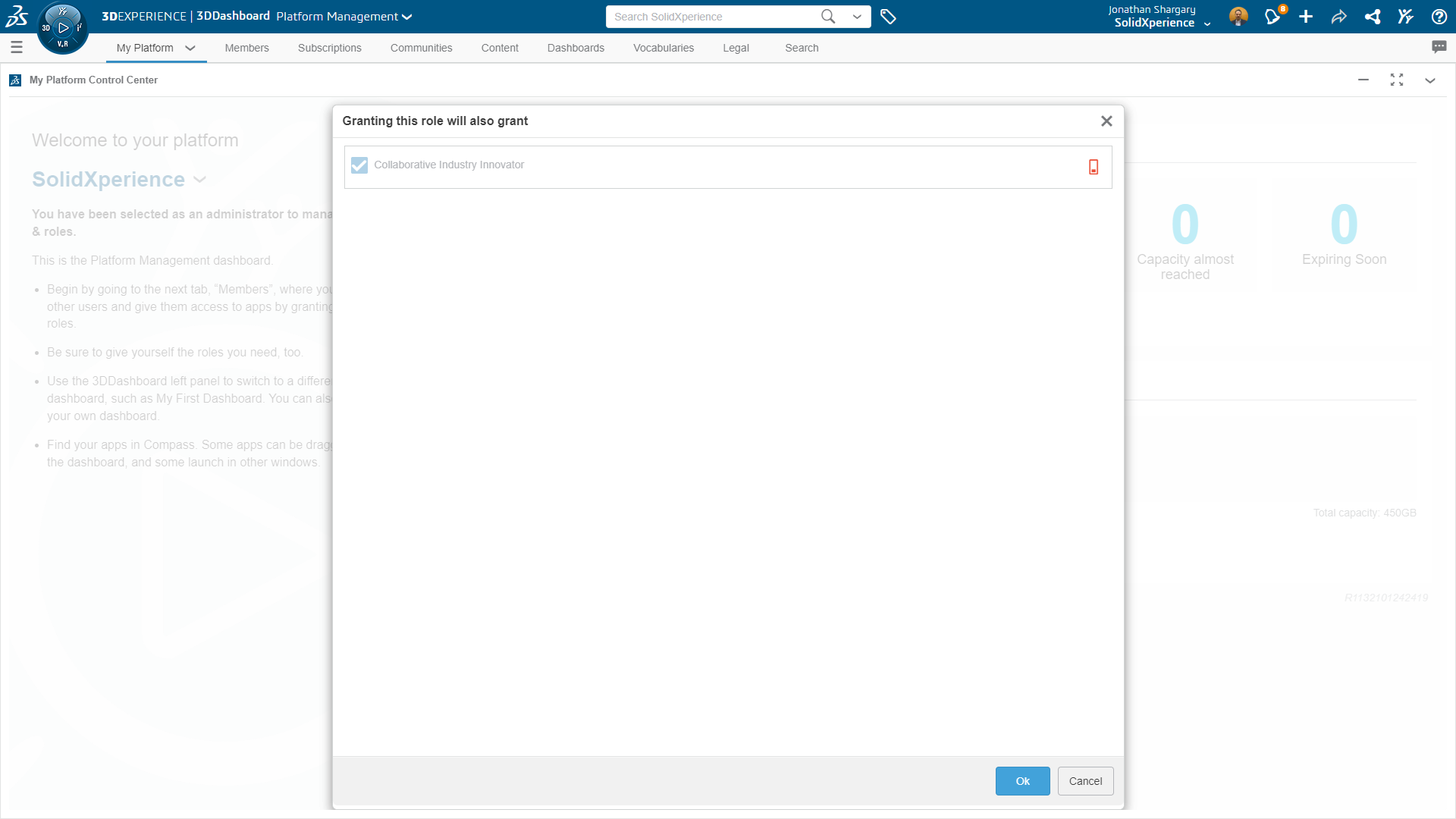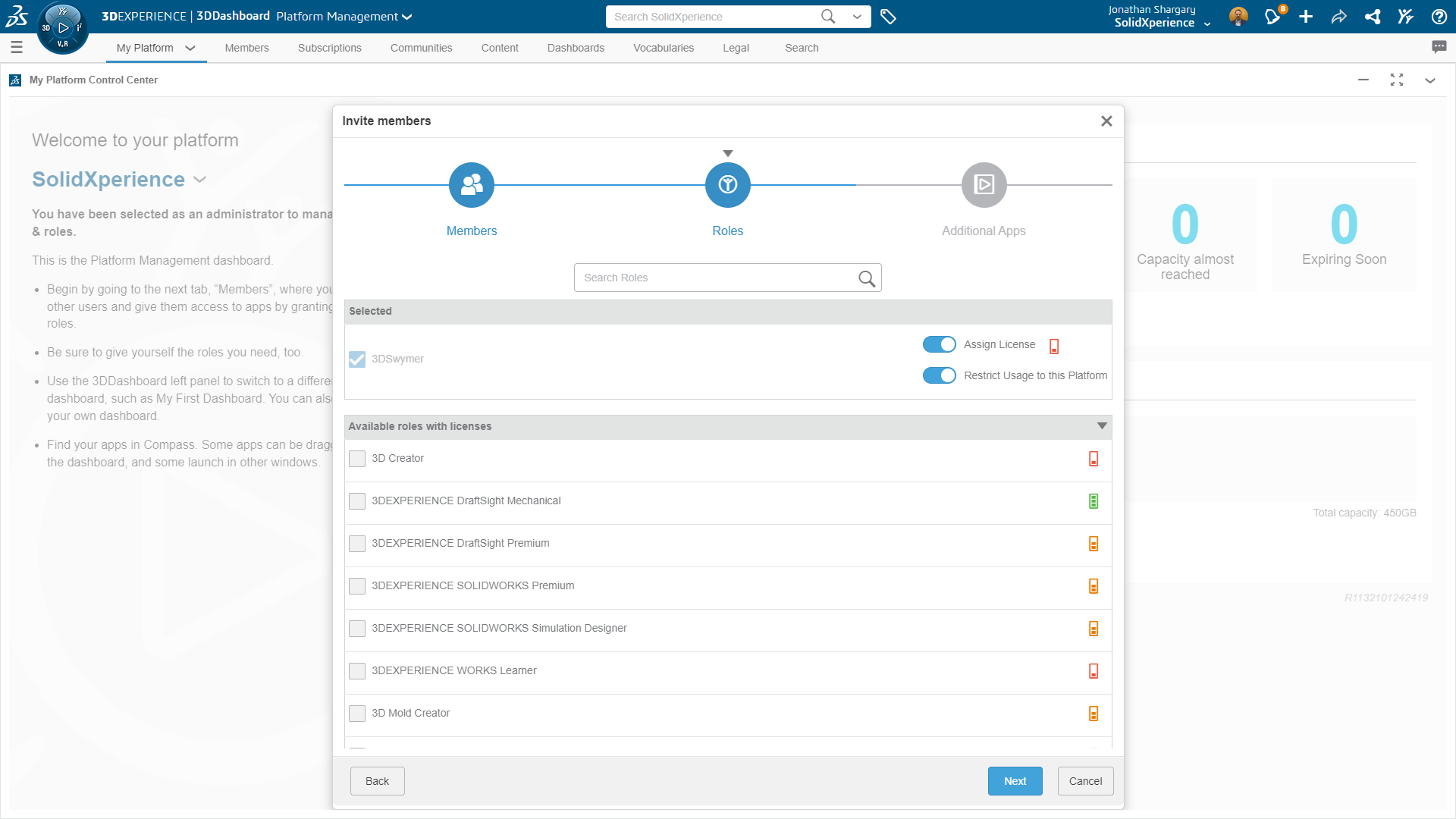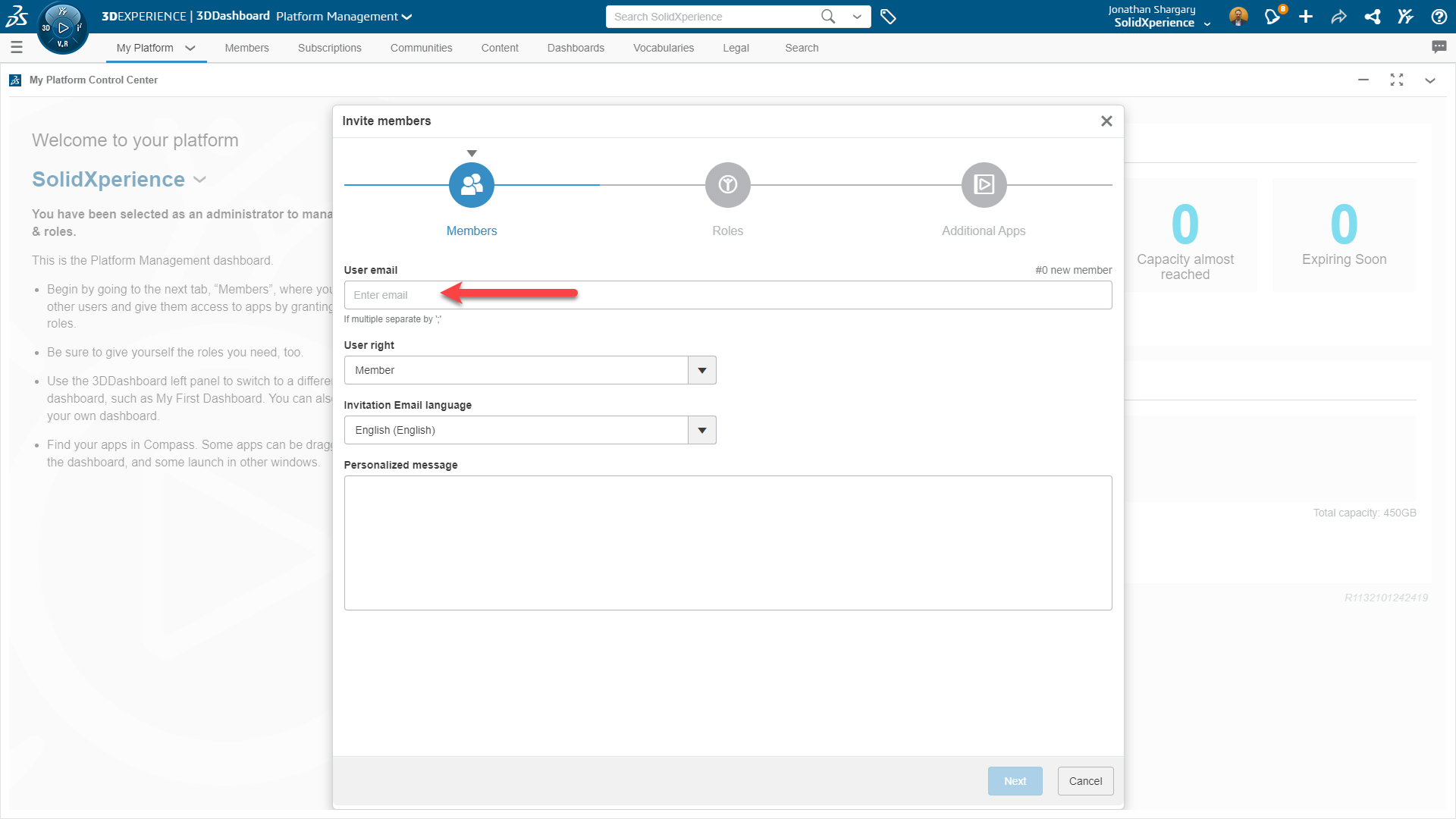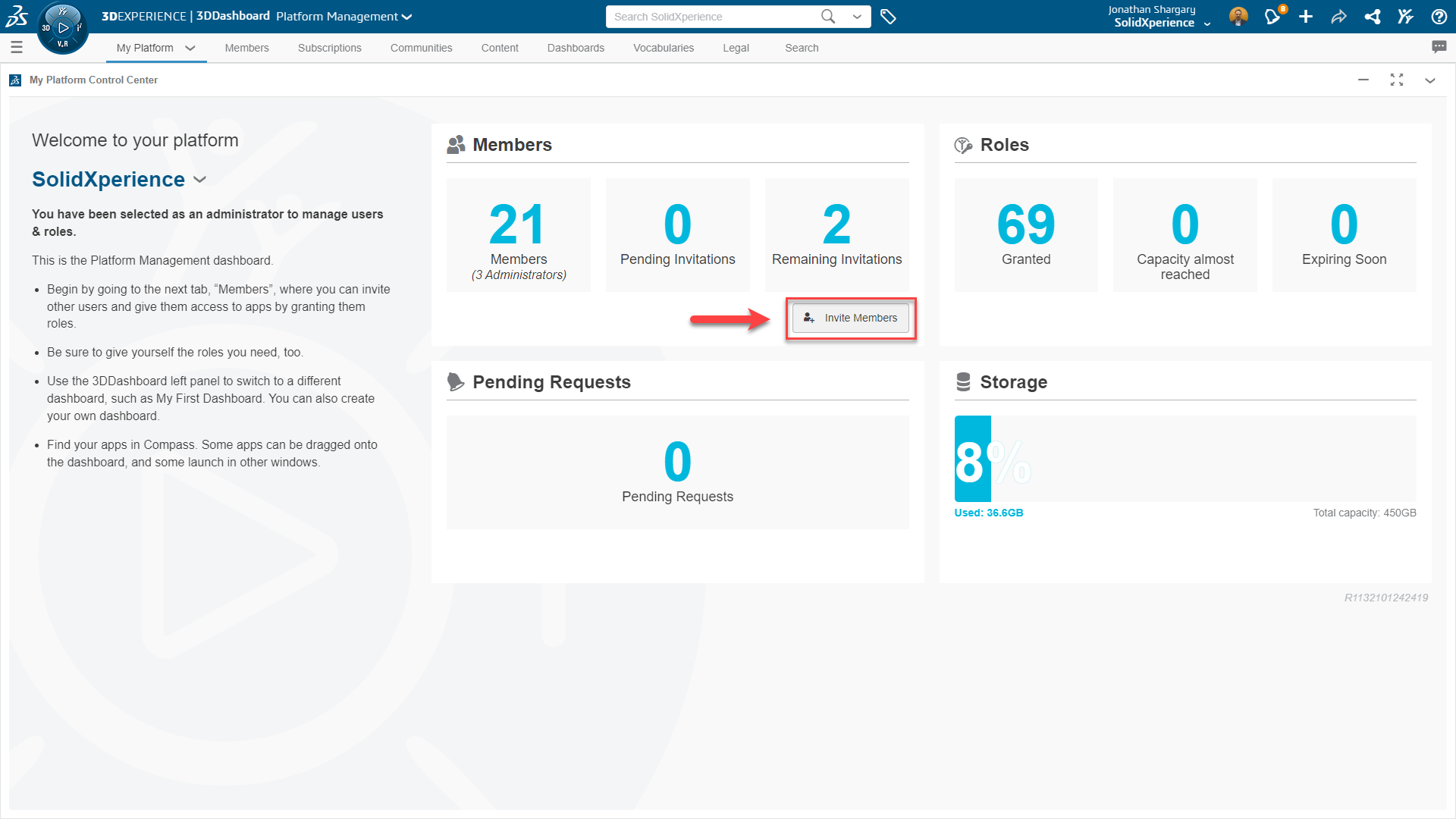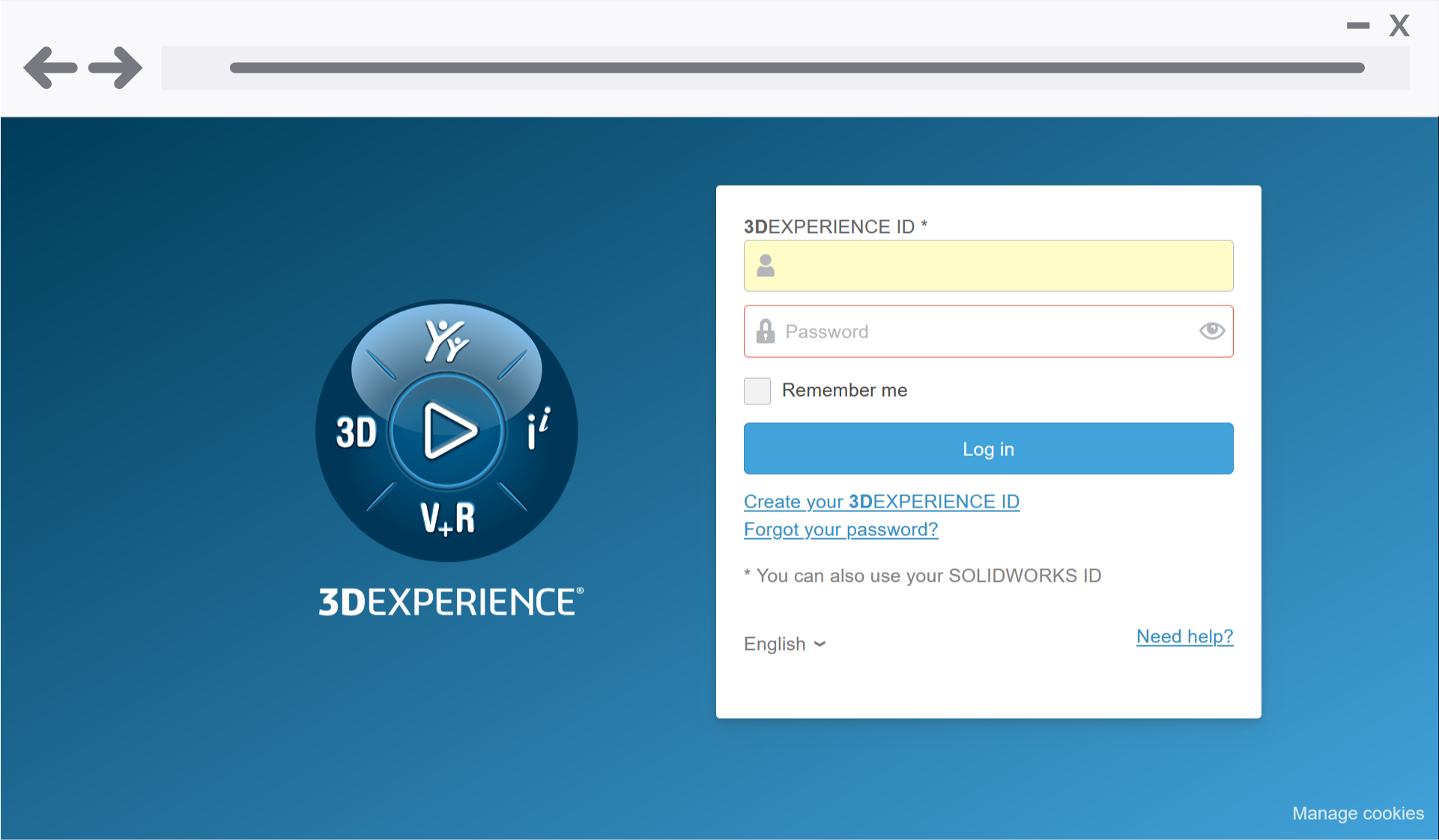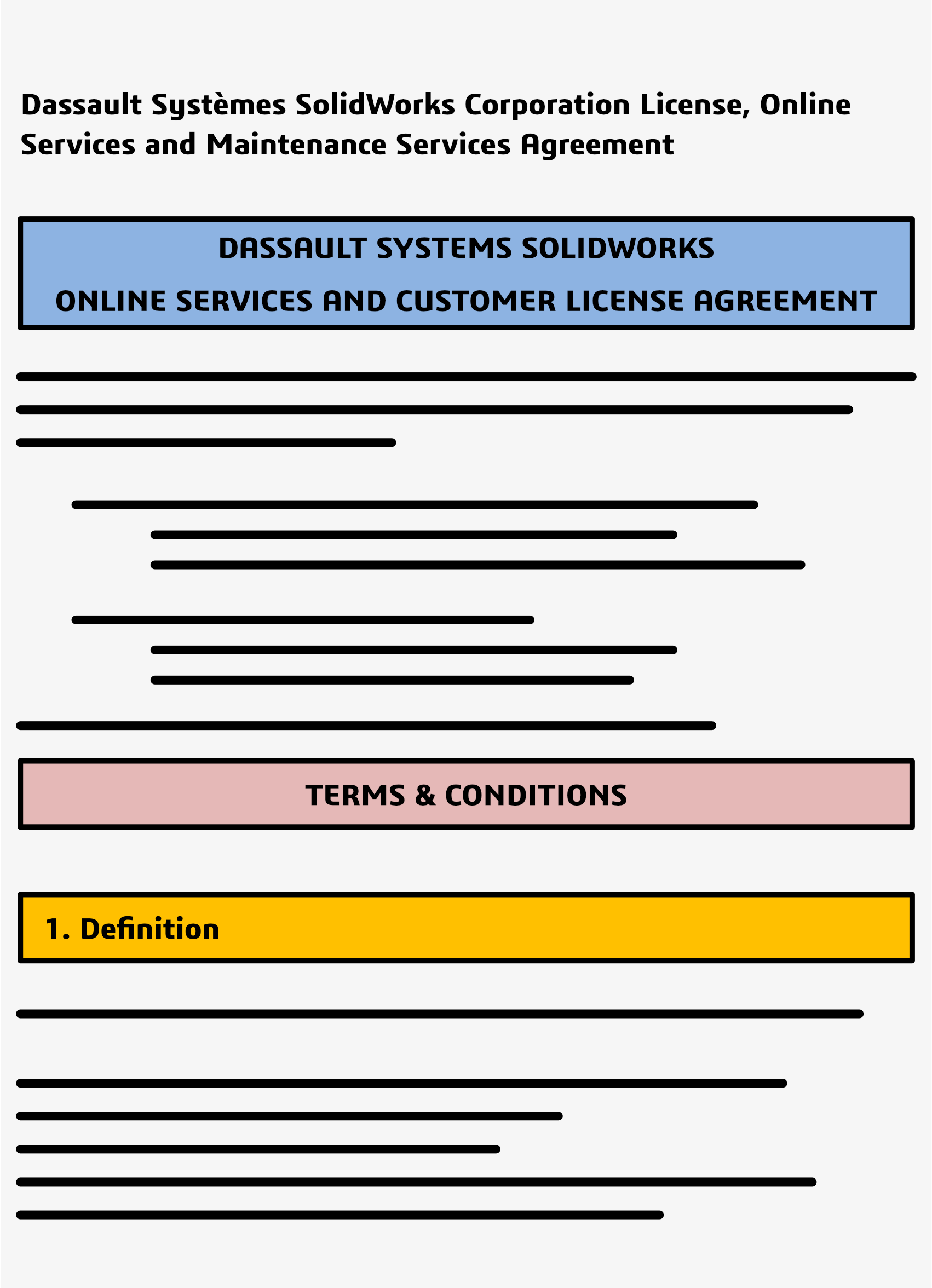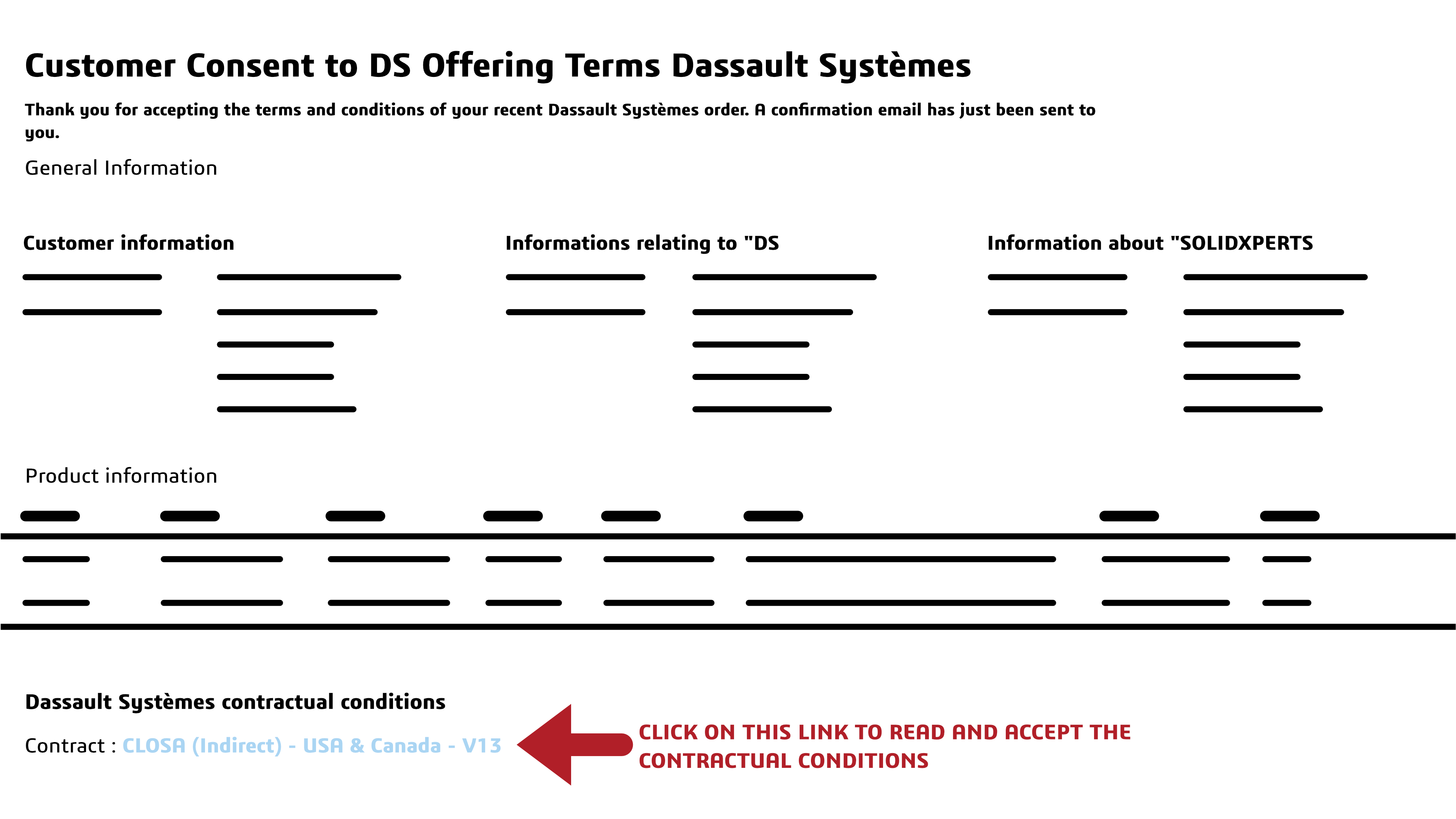Key Highlights
- PDM software centralizes all related data, fostering cross-department collaboration and boosting development efficiency.
- Seamless collaboration minimizes errors and significantly boosts productivity.
- Handle files, change orders, and integrates effortlessly with other systems.
- Enjoy faster, more cost-effective product development, elevated quality standards, improved teamwork, and robust data security.
Introduction
Product Data Management (PDM) is all about handling design and engineering related information. It encompasses managing computer-aided design (CAD) files, technical specifications, design drawings, bills of materials (BOMs), engineering models, and manufacturing requirements. The goal of any PDM system is to store and share information securely, making it easier for teams to work together.
Transitioning from 2D to 3D
Transitioning from 2D drawings to 3D design technology revolutionizes product development. Designers can create precise virtual models for clearer communication, enhanced creativity, and more innovative designs. However, with 3D tech comes 3D data. And, a lot of it! So, what now?
Understanding Product Data Management
Imagine having accurate, up-to-date information at everyone’s fingertips, streamlining workflows, and slashing development times and costs. An organized PDM system transforms the way teams collaborate, breaking down silos and fostering seamless communication across departments. This means faster project timelines, impeccable quality standards, and easy compliance with regulatory requirements. With SOLIDWORKS PDM, you’re not just managing data—you’re driving innovation and ensuring consistent, top-tier outcomes every step of the way.
The Role of SOLIDWORKS PDM Software in Modern Product Development
SOLIDWORKS PDM is a CAD-aware data management solution designed to streamline and optimize the development cycle. It enables, as you might guess, clean and efficient management, collaboration between teams, and secure data storage.
This feature rich software suite creates a single information repository, a Vault, ensuring everyone has access to the latest and most accurate information. Seamless file sharing improves efficiency, reduces errors, and ensures that all changes and revisions are properly tracked and documented.
Core Components
- Centralized Storage: all your data is in one place, accessible to the right people, preventing silos, reducing duplication, and ensuring up-to-date information for all team members.
- Collaboration Tools: foster real-time communication and teamwork among departments and team members, facilitating file sharing, comments, and feedback to expedite decision-making processes.
- Version Control: track changes to files, revert to previous versions if necessary, and get a transparent audit trail of modifications.
- Integration Capabilities: connect your new system and other product development tools for data consistency, automated processes, and enhanced efficiency by eliminating manual transfers.
How does it Streamline 3D Design and Manufacturing?
Acting as a centralized hub, a proper product data management system empowers teams to access intricate 3D models, information, and specifications effortlessly while facilitating seamless collaboration and communication. With robust version control features, it ensures integrity and prevents costly errors. Moreover, its seamless integration with CAD and CAE tools optimizes workflows, creating a cohesive ecosystem where innovation thrives.
The Significance of PDM in PLM
PDM is the backbone of Product Lifecycle Management (PLM), connecting design, manufacturing, and distribution teams seamlessly. It acts as a hub, integrating CAD software for design tracking and ERP systems for manufacturing data. Every team member has access to crucial information throughout the product lifecycle, from inception to distribution. This integration streamlines processes, minimizes errors, and upholds quality standards, ultimately driving success in PLM endeavors.
Enhancing Collaboration Across Departments
Proper consistent data management streamlines collaboration, helps keep everyone on the same page as seamlessly as possible, and enables real-time collaboration between designers, engineers, and manufacturing teams. Everyone has access to accurate information when they need it, fostering both teamwork and productivity.
Streamlining Development and Time to Market
A powerful Product Data Management platform is instrumental in expediting product development and shortening time to market by centralizing data and enhancing efficiency. Through collaborative work on design files and streamlined change tracking, you can reduce manual processes, ensuring stakeholders access the latest information promptly. By optimizing workflows and fostering efficient collaboration, you and your teams can speed up product launches, gaining a competitive advantage in the market.
Security, Access & Version Control, Audit Trails, OH MY!
SOLIDWORKS PDM is the guardian of your valuable data and intellectual property. By employing robust security features, it ensures that sensitive information remains protected. Administrators can manage who gets access to what, set user permissions, and monitor activities, so that only the right eyes see specific information. With encryption and secure storage, system admins can stop unauthorized access and potential breaches.
But it doesn’t stop there—version control and audit trails keep a meticulous record of changes, capturing the who, what, and when of file modifications. This not only guarantees data integrity but also brings a level of transparency and accountability that keeps your operations smooth and secure.
Benefits of Integration into Your Daily Workflows
Integrating engineering product data management software simplifies file access, enabling seamless collaboration between departments and streamlining communication channels. This ensures that all team members have access to the most accurate information, reducing errors and facilitating informed decision-making throughout the product lifecycle.
Reducing Errors and Improving Quality
Simplified and streamlined information flow inherently enhances quality by consolidating data, fostering collaboration, and optimizing workflows. This leads to clearer communication, elevated quality standards, and enhanced tracking of regulatory compliance.
Implementing New Solutions: Challenges and Solutions
Resistance to change is common, rooted in fear of disruption to established workflows. Successfully implementing a new system requires actively addressing common challenges through clear communication, thorough training, meticulous planning, stakeholder involvement, and comprehensive testing. Proactive management of these issues ensures successful implementation, resulting in enhanced collaboration, reduced errors, and cost savings.
Best Practices to Consider
- Define clear objectives: Clearly define the objectives of implementation and communicate them to all stakeholders. This helps align everyone’s expectations and creates a shared vision for the implementation.
- Conduct thorough training: Provide comprehensive training and support to employees to ensure a smooth transition. This includes training on the features and functionalities of the PDM system as well as any changes to existing workflows.
- Test and iterate: Conduct thorough testing of the your system before fully deploying it. Address any issues or challenges that arise during testing to ensure a smooth implementation.
Conclusion
By transitioning to 3D design technologies and utilizing tools like SOLIDWORKS PDM, you can streamline collaboration, enhance data security, and optimize resource allocation. The benefits extend to reducing errors, improving product quality, and accelerating time to market. Overcoming challenges through best practices ensures a smooth PDM implementation. To integrate PDM into your workflow effectively, get in touch with us for expert guidance. Elevate your product development with efficient PDM solutions tailored to your needs.
Contact the Xperts for more info about PDM and how we can guide you to implementation success!


